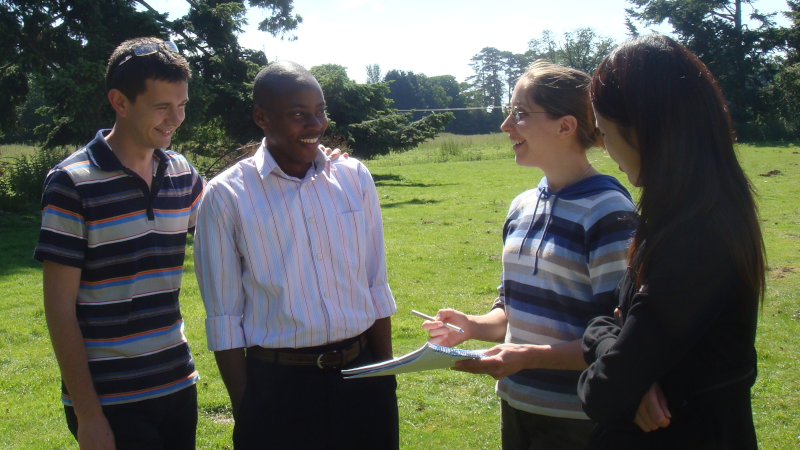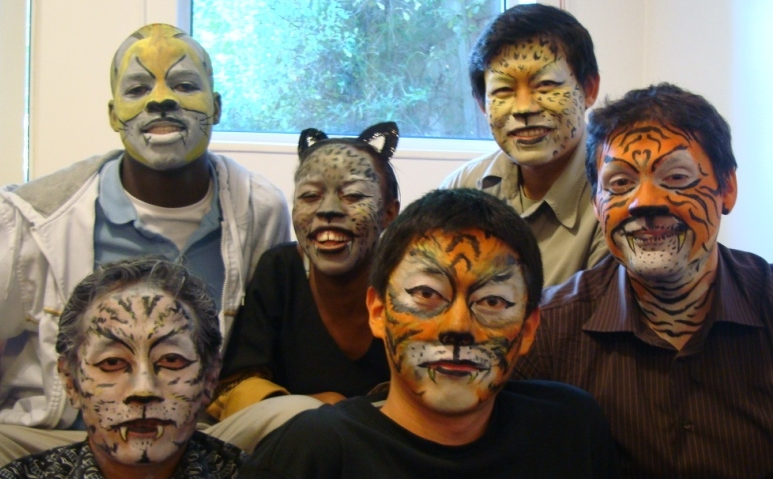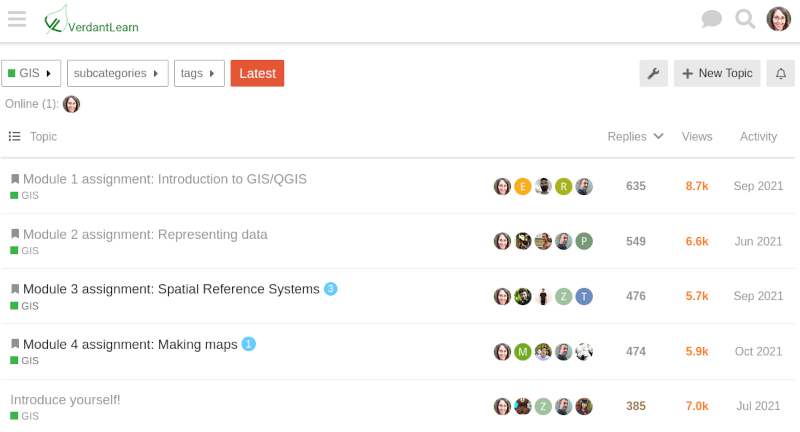Our origin
The story behind VerdantLearn’s creation
As a postdoc at Oxford University’s WildCRU (Wildlife Conservation Research Unit), I immersed myself for a decade (2007-2016) in teaching wildlife conservation research skills
My first adventure was to develop a new postgraduate diploma in International Wildlife Conservation Practice. Teaching this diploma, I was struck by the camaraderie of each cohort of students (affectionately known as Panthers), and the clear benefits of learning alongside others with different backgrounds and life experiences

The role of diploma coordinator and lead tutor was satisfying in many ways, but after a couple of years I became frustrated at the tiny number of places we could offer - only c. 7 students each year. Many conservationists whom I wanted to support were not academically competitive enough for Oxford. My boss, Prof David Macdonald (then director of WildCRU) and I agreed that online courses could expand access to our training, without the expense and disruption of travel
When I began teaching online in 2010, I was amazed by how quickly learners bonded with their 20-30 course-mates, despite never meeting in-person. They shared what they knew, helped one another, and supported each other emotionally as well as practically. This was not the dry, transactional environment I expected, but one of joy, collaboration and community. The generosity, cooperation and cross-fertilisation of ideas again opened my eyes to the importance of learning alongside those who share your goals and passion, but view the world through different eyes

It took much longer than we anticipated to create effective online versions of my face-to-face diploma materials. Each short burst of teaching was separated by months of lone working, and I felt so distant from the conservationists I wanted to help. I knew that many of them, especially those in the field or working to complete research degrees with insufficient support, felt similarly lonely
I yearned for more opportunities to connect with them again. I knew I needed their voices to help me create better courses to suit their learning needs. Rather than design all the details of a course in isolation, I wanted to experiment with different types of learning activity, using learners’ reactions and early feedback to continuously improve
I also felt that there must be a more effective and efficient way of reaching more conservationists around the globe, while also making access to social learning more accessible, flexible, equitable and inclusive. VerdantLearn was born from this belief
At VerdantLearn, I have the freedom to open the door to as many conservationists as possible, regardless of their professional position and personal circumstances. Welcoming a broader array of people enriches our dialogue and understanding of conservation issues and solutions, and shifts the focus from my individual perspective (white, relatively affluent) to one which represents the diversity of people saving wildlife and wildlands. Our biggest GIS course to date had over 1,400 learners, of which over 400 actively participated in discussions

VerdantLearn courses are designed with conversations at their heart, helping learners to exchange ideas and strengthen their understanding as connected and valued members of our community. Each learner is Encouraged and supported to identify their individual learning gaps and goals, and make concrete progress in their own conservation work
Teaching at VerdantLearn enables me to be more responsive to learner needs, and to experiment with different ways to promote interactivity and reinforce learning. I can focus on the impact and evolution of individual learning experiences, rather than being constrained by a rigid academic mould, or by the tools offered in a single virtual learning environment
It has been a long journey to get this far, and there is still much work to do, but I am thrilled to be making progress towards VerdantLearn’s mission of creating affordable and sociable learning opportunities that help to de-colonise conservation capacity-building!

Our learners
We welcome learners from all over the world, in all walks of life and at any stage in their careers
Our past participants include:
- Students at every stage of their degrees, from 1st-year undergraduates to final-year PhD students
- Rangers, monitoring officers and wildlife technicians
- Conservation project and programme managers in NGOs and government agencies
- Volunteers, interns, fresh graduates and career-changers seeking their first paid conservation work
- Freelancers and consultants in ecology and environmental/natural resource management
- Academic researchers at every stage in their career, from new postdocs to established professors
- Researchers from diverse fields including marine biology, geology, geography, vet science and wildlife health, and of course biodiversity, conservation and wildlife management
If you want to join the c. 1,800 people on our mail-list, sign up here. You can also check out our online community